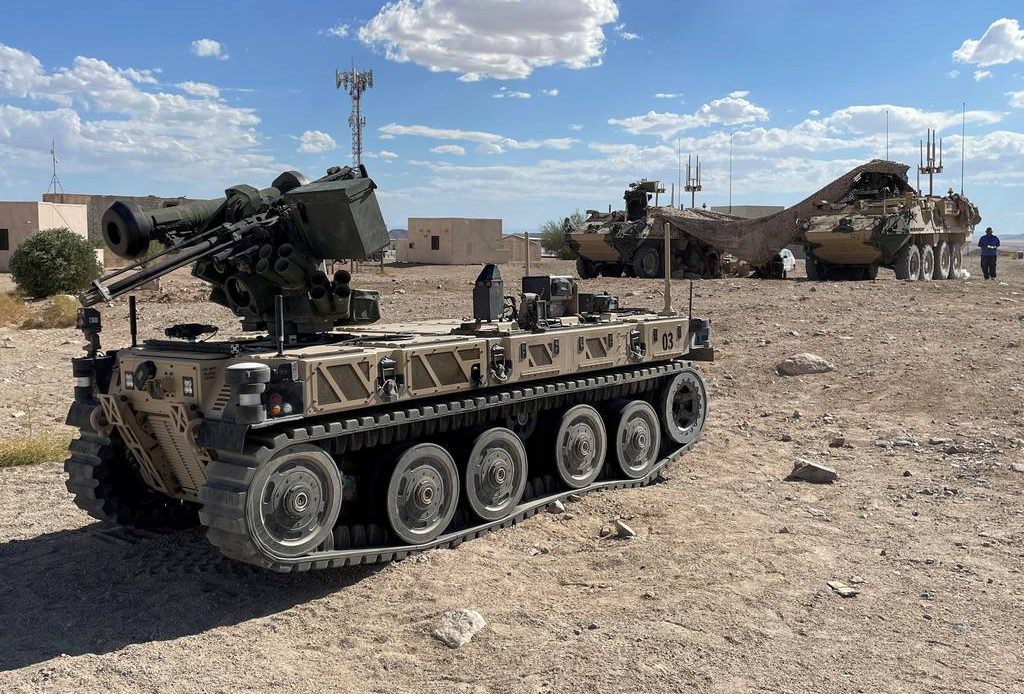
The U.S. Army and Defense Innovation Unit selected Anduril Industries to develop a software framework thought foundational to testing and deploying future robotic combat vehicle payloads.
The company announced the deal April 3 without providing details about contract length. A spokesperson declined to say how much the agreement is worth.
Robotic combat vehicles are unmanned systems envisioned to work alongside soldiers, schlepping supplies or surveilling adversaries with sophisticated sensors. The RCVs are also part of a larger Army overhaul dubbed Next Generation Combat Vehicle, which includes the XM30 Mechanized Infantry Combat Vehicle, formerly the Optionally Manned Fighting Vehicle.
Anduril’s digital effort will enable RCV variants to navigate terrain, swap and adopt government-owned and third-party autonomy stacks, and allow remote management of a vehicle’s equipment, according to its announcement.
“Integrating disparate hardware and software is a critical step in the development and validation of any autonomous system,” Zach Mears, an Anduril senior vice president, said in a statement.
RELATED
:quality(70)/cloudfront-us-east-1.images.arcpublishing.com/archetype/CBSOGXP25BESNB7UJVOKJK24KU.png)
The Army in September tapped General Dynamics Land Systems, McQ, Oshkosh Defense and Textron Systems to build RCV prototypes, marking the start of a competition. The service later said it would no longer seek separate light, medium and heavy models, instead pivoting to a single sized platform that could tote specialty equipment such as smokescreen dispensers and electronic warfare tools.
“As the Army evaluates potential payloads, software modules, and autonomy stacks for the RCV program, developing a robust and flexible integration framework will prove critical to the program’s success,” Mears said.
The RCV endeavor is one of growing importance, as Army leadership pushes man-and-machine collaboration.
The service’s fiscal 2025 budget request included millions of dollars for human-machine integrated formations, or H-MIF. Robots and other machinery programmed to execute a machine, or with control beamed in from afar, could significantly reduce risk to humans, potentially reducing casualties.
Author: Colin Demarest
Source: DefenseNews



